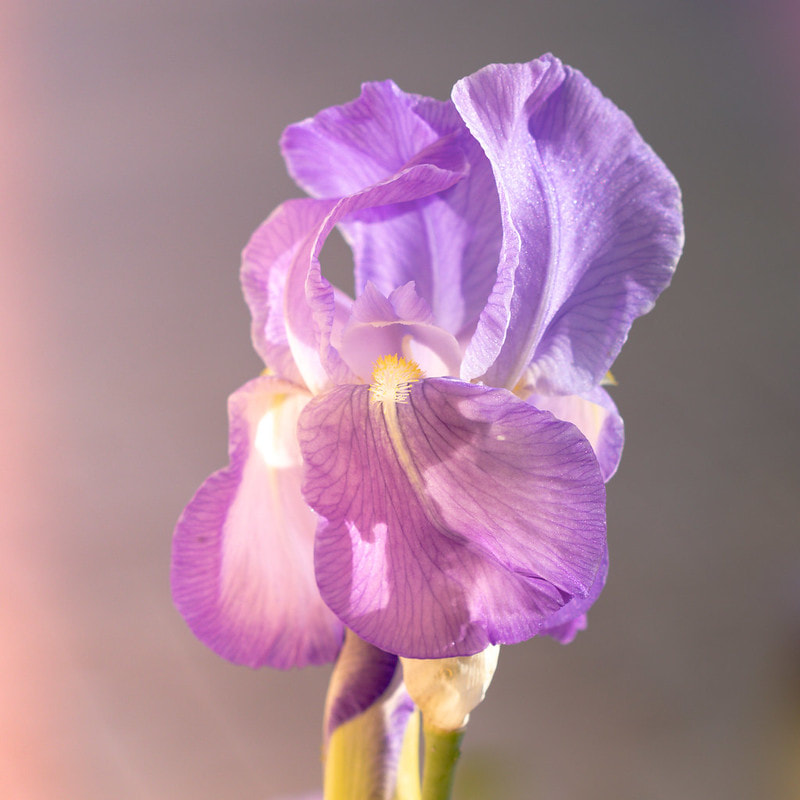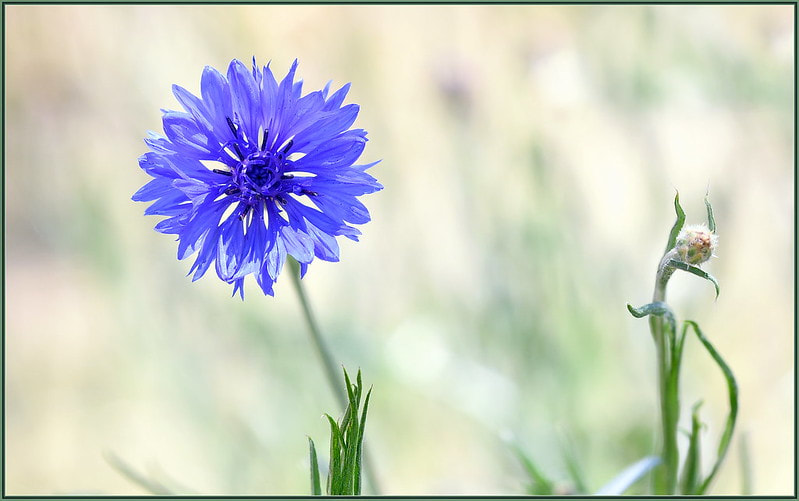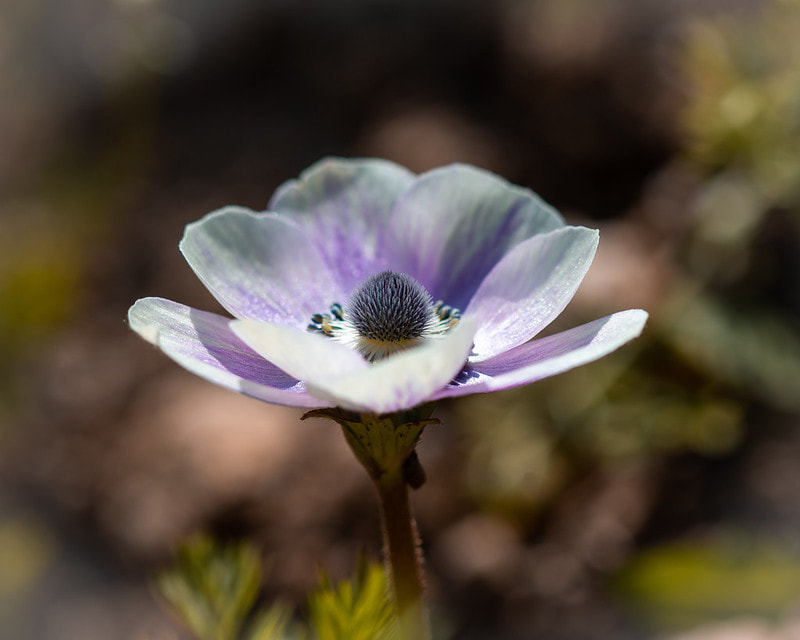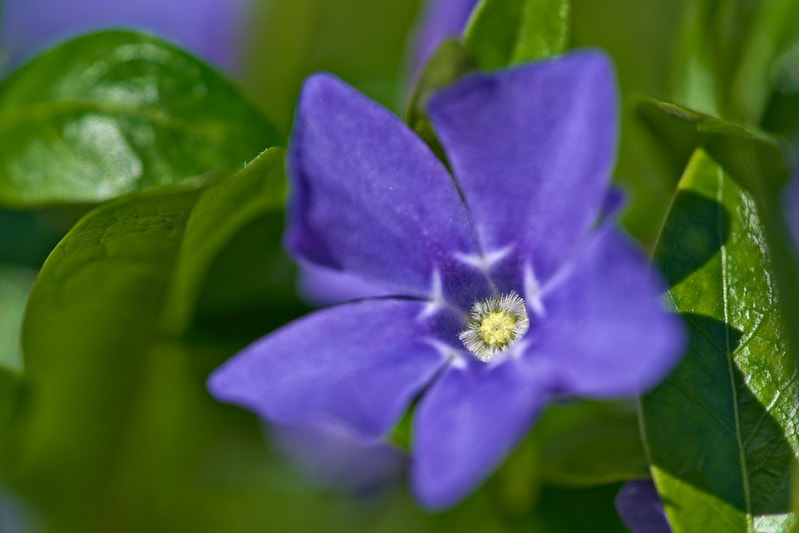The Visitation: An Encounter
with Beauty
by Teri Daily
"The foundations of the world are to be found, not in the cognitive experience of conscious thought, but in the aesthetic experience of everyday life." "...the sense of external reality—that is to say, the sense of being one actuality in a world of actualities—is the gift of aesthetic significance. This experience claims a relevance beyond the finite immediacy of any one occasion of experience. If in that occasion, there is a failure consciously to discern that significance, so much the worse for that occasion. This doctrine applies to all experience, great and small. Our intuitions of righteousness disclose an absoluteness in the nature of things, and so does the taste of a lump of sugar." |
|
May 31st is the Feast of the Visitation of the Blessed Virgin Mary in the calendar of the Church. It commemorates the visit of Mary to her cousin Elizabeth, both women who encountered Beauty in their own lives and in their own ways...
In the movie Shawshank Redemption, Tim Robbins plays the character Andy Dufresne, a prisoner serving two life sentences for murders he did not commit. Andy has accounting skills that the warden needs and so ends up working in the prison office. One day, when the guard briefly leaves him alone in the office, Andy comes across a record of Mozart’s The Marriage of Figaro; he puts it on the turntable and begins playing the beautiful duet “Sull’aria” over the loud speaker. The prisoners in the yard stop what they’re doing and turn toward the speakers; as the camera moves back you see the whole yard of prisoners standing perfectly still, entranced by the beauty of Mozart. Those working in the prison shop respond in the same way, and prisoners in the infirmary throw back their covers and sit upright. Of course, not everyone in the prison reacts positively to the music. The warden and guards try desperately to open the office door, only to find that Andy has locked it. When the warden bangs on the door, saying “I’m warning you, Dufresne, you better turn that thing off,” Andy merely turns the volume even higher. Looking back on the event, a prisoner named Red, played by Morgan Freeman, describes what happened this way: “I have no idea to this day what those two Italian ladies were singing about. Truth is, I don’t wanna know. Some things are best left unsaid. I like to think they were singing about something so beautiful it can’t be expressed in words, and makes your heart ache because of it. … I tell ya those voices soared, higher and farther than anybody in a gray place dares to dream. It was like a beautiful little bird flapped into our drab little cage and made those walls dissolve away. And for the briefest of moments, every last man at Shawshank felt free.” Red and the other prisoners encountered Beauty that day—they were drawn in by the music, and set free by it as well. We live our lives between these two actions, says Catholic priest and mystic John O’Donohue. We live our lives between awakening and surrender. We awaken at birth and we surrender at death; we greet the sun every morning and go to sleep every night. But when we encounter beauty, we experience both these things at the same time.[1] Beauty awakens us; it jolts us out of the status quo, igniting our imagination and making us believe that new things really are possible. And beauty makes a claim upon us as well; we surrender to it, turning ourselves over for at least a time to something incomprehensible, something greater than our minds can grasp. No wonder God is known not only as Love with a capital “L” but also as Beauty with a capital “B.” Because encounters with God both awaken us to realms of new possibility and they call us out of ourselves and into the eternal. We see this response to the divine in the gospel reading commonly known as the Visitation (Luke 1:39-45). When Mary enters the home of Zechariah and Elizabeth, she greets her cousin Elizabeth. And immediately the child Elizabeth is carrying is awakened; the unborn John the Baptist leaps in his mother’s womb. Elizabeth surrenders her voice to the Holy Spirit and pronounces Mary “blessed.” I suspect Mary understood her cousin Elizabeth’s reaction; she had experienced a similar thing not long before. Before Mary journeyed to the hill country of Judea, the angel Gabriel had appeared to her in Nazareth. Luke doesn’t tell us that Mary experienced outright joy; instead, he says that she was perplexed. She realized that something strange was breaking into her world, and she was awakened to new possibilities. And of course the scene ends with surrender, with Mary saying, “Here am I, the servant of the Lord; let it be with me according to your word.” Each of these encounters leaves the one who experiences it with a renewed hope. It leaves her with a rekindled imagination for the way things can be, a world that Mary describes in her song the Magnificat—a world where the lowly are lifted up and the powerful are brought down, a world where the hungry are filled with good things and the rich are sent away empty, a world where mercy stretches across generations and as far as the eye can see. It is a dream that makes a claim upon Mary just as surely as it makes a claim on each of us when we experience true Beauty. I wonder how it was that Mary and Elizabeth came to have these encounters with God, with the ultimate source of Beauty. See, most of our experiences of beauty in this world are fleeting, and it seems that we could just as easily miss them altogether. An accidental glance over the shoulder reveals neon colors in a sunset; the winter sun shining at just the right angle through red leaves makes them glow like hot coals; a momentary look of joy makes a face absolutely radiant. Beauty rarely forces herself on us; we have to be attentive and ready to encounter her. The same is true of our encounters with God—after all, burning bushes are always found on the side of the road and not right in front of us. That’s why experiencing the deep-seated Beauty that is God takes a certain reverence. True, God is always present, even in the most ordinary and unlikely places, but we can’t manufacture encounters like the ones Mary and Elizabeth had. To see this kind of Beauty hidden right in front of us we have to walk through life expectantly, waiting patiently for a flicker that on closer inspection reveals nothing less than the glory of God. But that blend of anticipation and waiting, that reverence, is foreign to so many of us. In our world today I think we are so focused on work, accomplishments, social engagements, and our to-do lists that we miss out on the beauty that surrounds us and the God that enfolds us. We don’t have the patience to let something reveal itself to us. Google gives us every fact we search for immediately; business magazines tell us that to be productive we need to schedule things in fifteen minute increments; we grab life by the horns instead of letting it move toward us at its own speed. And, on top of that, we are unpracticed in the art of vulnerability. Sometimes our disappointments, fears, and hurts form a fortress around our heart such that the beauty of the world can’t reach that innermost part of our being—that place in us where we still trust in an eternal Beauty and Goodness that can light up the world in a moment’s notice. We are impervious to beauty’s grasp. But we can learn to walk through life in a new way—a way marked by anticipation, vulnerability, and patience. We can practice reverence in our day-to-day lives—not a monotonous, dread-filled reverence, but a joyful reverence that expects beauty to show up and surprise us in even the most unlikely places. We can practice seeking beauty—not a glittery, superficial kind of prettiness, but the deep-seated Beauty that both awakens us and calls us to surrender to new ways of living in the world. As with Elizabeth’s encounter, sometimes this Beauty is intoxicating, like a Mozart aria. As with Mary’s encounter, sometimes this Beauty is unsettling in its richness and strangeness—like a baby lying in a manger. But always it is a gift that both ignites our imagination and calls us to surrender to the eternal strangeness that is, paradoxically, also our truest home. If only we have eyes to see and hearts that are open. [1] John O’Donohue, The Invisible Embrace of Beauty: Rediscovering the True Sources of Compassion, Serenity, and Hope (New York: Harper, 2003) 2. This sermon is, in many ways, a reflection on this book. |











